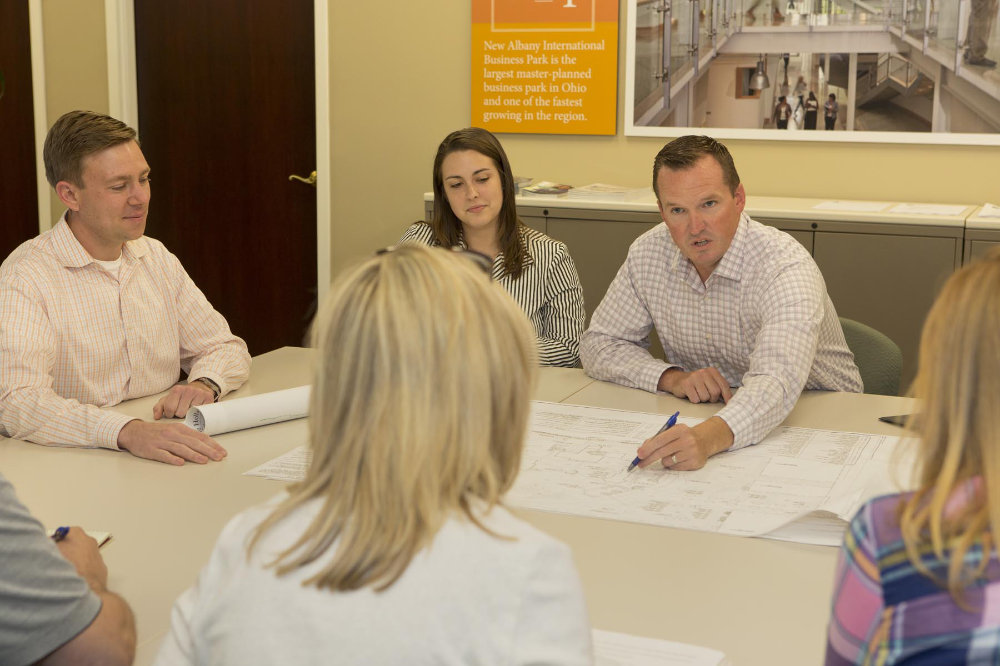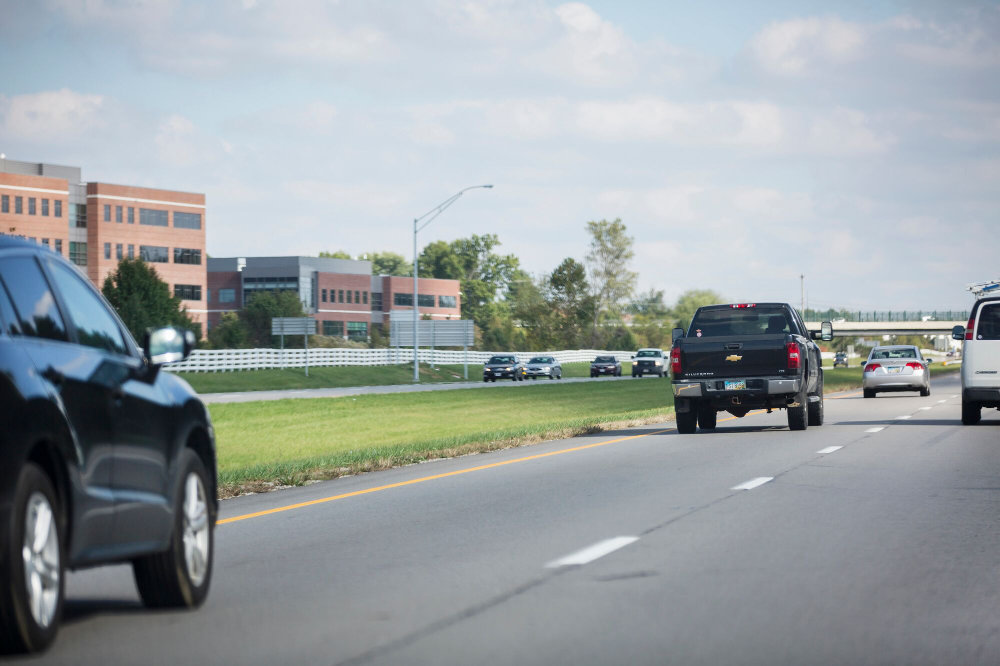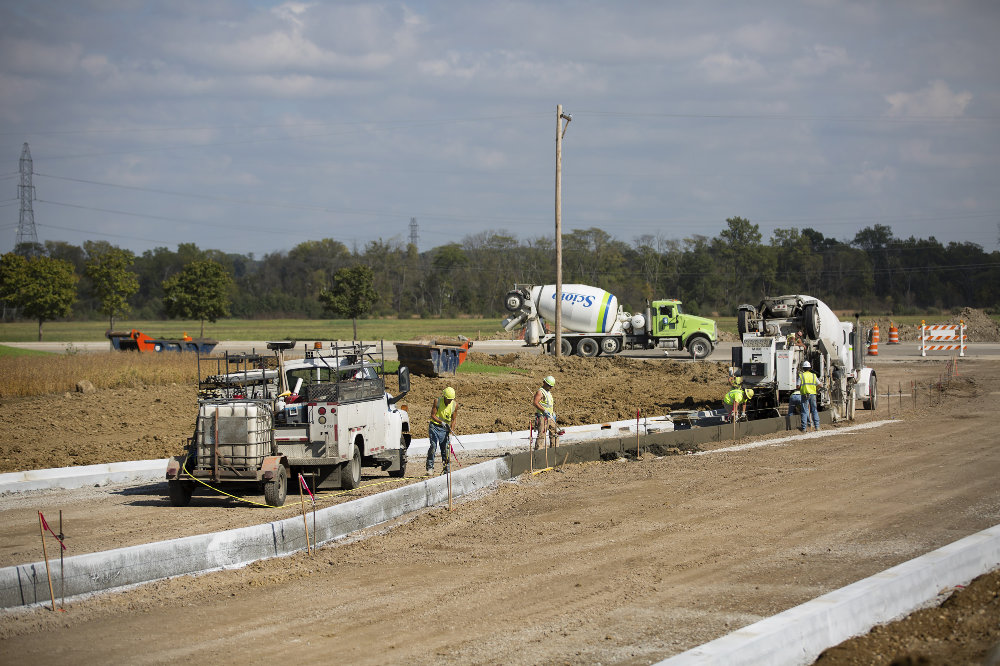City to Share Strategic Plan Recommendations at Virtual Community Workshop July 9
The City of New Albany will share draft recommendations for the Engage New Albany Strategic Plan Update at its final community workshop webinar on Thursday, July 9, from 6 to 7 pm followed by a Q&A session from 7 to 7:30 pm. After the meeting, the community will have the opportunity to offer final feedback through an online survey before the plan is sent to City Council for review and approval.
Read more
Master Planning Key to New Albany’s Economic Development
The success of the 5,000-acre New Albany International Business Park is no accident. This suburb of just under 11,000 residents successfully competes against major cities thanks to its master plan that leverages public-private partnerships to prioritize the services and amenities that enhance quality of life and quality of work.
Read more
City’s Master Plan Update Engages Residents, Business Owners
This month, the city of New Albany kicks off its latest strategic-plan update, Engage New Albany, a process that will involve the entire community in cultivating a shared vision for the future designed to improve our quality of life and protect investment for the long term.
Read more




Follow Us & Use #newalbanyohio
4 days ago
Photo
Share on Facebook Share on Twitter Share on Linked In Share by Email
5 days ago
Photo
Share on Facebook Share on Twitter Share on Linked In Share by Email
5 days ago
Photo
Share on Facebook Share on Twitter Share on Linked In Share by Email
5 days ago
Video
Share on Facebook Share on Twitter Share on Linked In Share by Email
6 days ago
Photo
Share on Facebook Share on Twitter Share on Linked In Share by Email